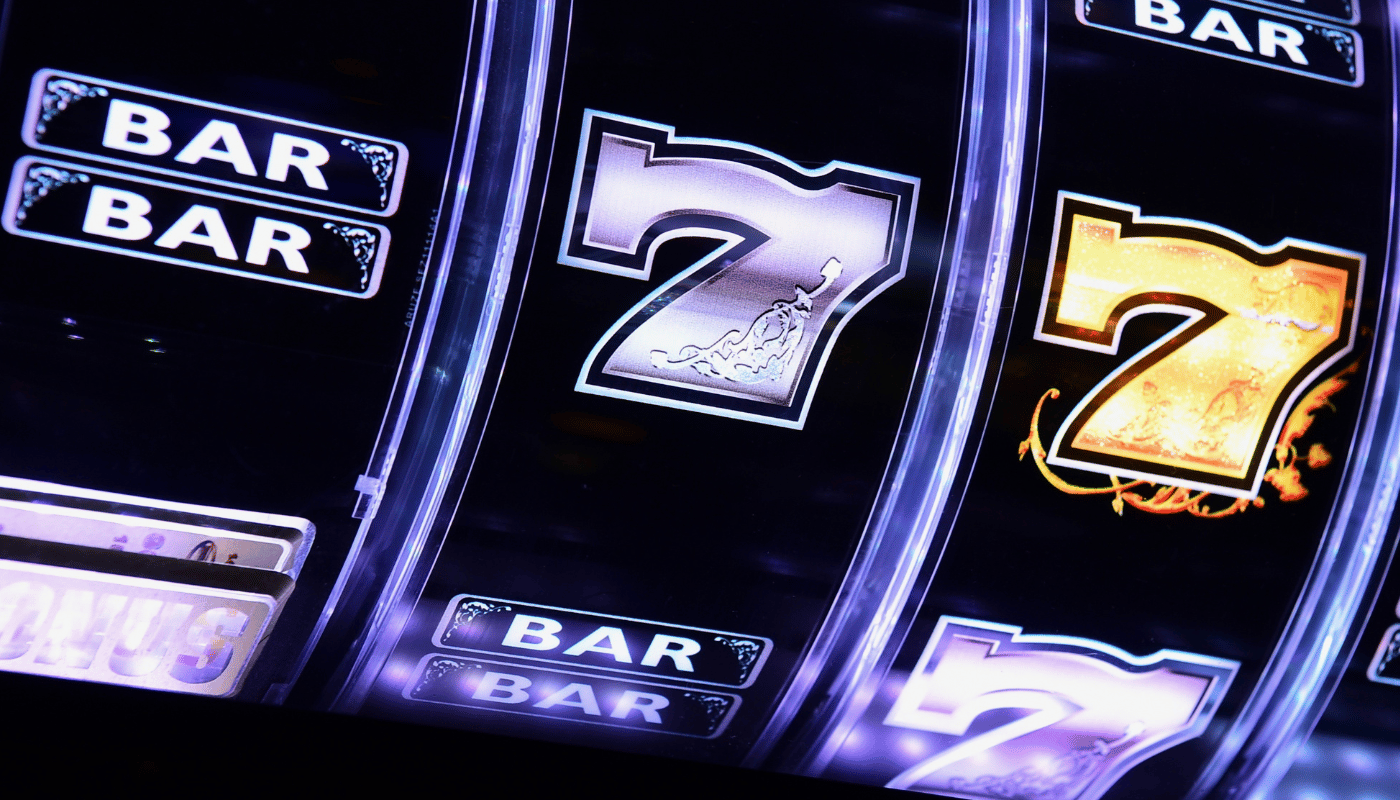Stepping into the vibrant world of casino poker can be both exhilarating and daunting for newcomers and seasoned players alike. This guide is your ultimate companion, unveiling the essentials of navigating the poker tables with confidence. Whether you’re looking to understand the unwritten rules, master the art of bluffing, or simply get acquainted with the game’s basics, we’ve got you covered. Embark on your journey to becoming a poker pro and discover the thrill of the game in a casino setting.
Understanding Poker Room Etiquette
Entering a casino poker room can be an exhilarating experience, but it’s crucial to familiarize yourself with the etiquette to ensure a pleasant and respectful environment for all. First and foremost, understand the significance of acting in turn. Making your move before it’s your turn can give an unfair advantage to other players by revealing your intentions. Always wait for your turn before making any action, whether it’s betting, folding, or raising.
Another key aspect of poker room etiquette is managing your chips and keeping them in an orderly fashion. This not just makes it easier for you to know how much you are playing with, but it also keeps the game flowing smoothly for everyone. Respect for the dealer and other players is paramount. Avoid any form of verbal abuse or disruptive behavior. Remember, poker is a game of wit and patience, and maintaining a good rapport with fellow players can also be a strategic advantage.
Lastly, if you’re new to poker or trying a new variation such as how to play stud poker in a casino, it’s advisable to observe a few hands to get a feel for the game and the specific house rules that may apply. While winning is always the goal, ensuring you contribute to a positive and respectful atmosphere will make the experience more enjoyable for everyone involved.
Deeper Insights into Poker Room Etiquette
Understanding the dynamics of poker room etiquette extends beyond the basics of gameplay. For beginners eager to learn how to play stud poker in a casino, it’s valuable to note that each game variation may come with its own set of unwritten rules or norms. Observing a few rounds before joining can provide critical insights into strategic plays and betting patterns, enhancing not just your understanding of the game but also reinforcing respectful behavior towards the intricacies of each poker variant.
- Always wait for your turn before acting.
- Keep your chips organized and in clear view.
- Avoid disclosing the contents of live or folded hands.
- Respect the dealer’s instructions and decisions.
- Maintain a polite demeanor towards all players at the table.
Choosing the Right Poker Game
Embarking on your poker journey in a casino can be exhilarating yet daunting. The key to a gratifying experience lies in selecting the right poker game that aligns with your skill level, interest, and the risk you are willing to take. Casinos offer a variety of poker games, each with its own set of rules, strategies, and betting formats. Understanding the nuances of these games is crucial for not just enjoying the game but also for enhancing your chances of winning.
For beginners, Texas Hold’em is often recommended due to its straightforward rules and the abundance of resources available for learning the game. However, don’t shy away from exploring other variants like Omaha or Seven-Card Stud, as they can offer fresh challenges and opportunities to win. It’s also important to consider the financial aspect. Games with lower buy-ins might be less intimidating and a wise choice when you’re just starting out. As you gain confidence and experience, you can venture into games with higher stakes.
Another factor to consider is the game’s pace and the level of interaction among players. Some games encourage more interaction, which can be a delightful social experience or a strategic disadvantage if you’re not adept at reading people. Remember, the best game for you is one that not only fits your budget but also matches your personality and poker goals.
| Poker Variant | Recommended for | Buy-in Range |
|---|---|---|
| Texas Hold’em | Beginners | $1-$10 |
| Omaha | Intermediate | $5-$20 |
| Seven-Card Stud | Experienced | $10-$30 |
| Razz | Advanced Players | $15-$50 |
| Five Card Draw | Variety Seekers | $2-$15 |
Choosing the right poker game in a casino is about finding the balance between what excites you and what you can realistically handle, both skill-wise and financially. It’s about gauging the waters of various poker variants and understanding where your strengths lie. Whether it’s the popular Texas Hold’em or the challenging Omaha, your journey into the world of poker should be both enjoyable and rewarding. Take the time to learn the basics, practice as much as you can, and don’t be afraid to make the jump into different games as you progress. Remember, every poker game offers a unique set of challenges and learning opportunities.
Buying In and Handling Chips
Stepping into the vibrant atmosphere of a casino can be exhilarating, especially for those ready to try their hand at poker. One of the first steps in joining a poker game is buying in and getting familiar with handling chips, which are the currency of the poker world. When you approach a poker table, you’ll need to exchange your cash for chips at the casino’s cashier or directly at the table. It’s crucial to understand the chip denominations, which vary in color and value across different casinos. Generally, white chips are the lowest value, followed by red, blue, and sometimes green and black as higher denominations.
Handling chips with confidence can also enhance your poker playing experience. It’s not just about the bets you place but also how you place them. A neat stack of chips allows for easier betting and is less likely to cause confusion or delays during the game. Remember, each movement with your chips can convey messages to your opponents, from confidence to hesitation. Therefore, getting comfortable with chip tricks and stack management is not just for show; it’s a subtle part of poker strategy.
Mastering Chip Management
Effective chip management is a skill that goes beyond mere aesthetics. It involves keeping track of your stack size relative to the blinds and the other players at the table. This awareness can influence your betting strategy, helping you decide when to play aggressively or conservatively. A well-organized stack also makes it easier to make quick decisions, as you can assess your chips at a glance without needing to count them each time you bet.
Understanding Chip Values and Etiquette
While each casino may have its own specific set of chip colors and values, familiarizing yourself with the common denominations can make the transition smoother when playing in different venues. Additionally, observing proper chip etiquette is crucial. This includes stacking your chips neatly, not touching other players’ chips, and placing bets in a clear and concise manner. These practices not only keep the game flowing smoothly but also help maintain a respectful and enjoyable atmosphere at the table.
| Chip Color | Common Value | Casino Variation |
|---|---|---|
| White | $1 | Widely Used |
| Red | $5 | Common |
| Blue | $10 | Varies |
| Green | $25 | Standard in Many Casinos |
| Black | $100 | Higher Stakes |
In conclusion, understanding the process of buying in and handling chips is a fundamental part of playing poker in a casino. It’s not just about the monetary value they represent but also the psychological and strategic elements they bring to the game. By mastering chip management and etiquette, players can focus more on their strategy and less on the mechanics of betting, leading to a more enjoyable and potentially successful poker experience.
Mastering Poker Table Positions
Understanding your position at the poker table is crucial for making strategic decisions that can lead to a winning game. The position determines when you will act in the betting rounds, which greatly affects the information you have at your disposal when it’s your turn. Early positions, like the Small Blind and Big Blind, act first after the flop and have the least information when making their decisions. Consequently, playing from these positions requires a tighter selection of hands.
Conversely, late positions, such as the Button, have the advantage of acting last in post-flop betting rounds. This pivotal position allows you to observe the actions of your opponents before making your own move, providing a significant strategic advantage. Players in late positions can afford to play a wider range of starting hands and have better opportunities to control the size of the pot.
The middle positions are somewhat of a balancing act, offering neither the information advantage of late positions nor the challenge of early positions. From these spots, adaptability is key, and players should adjust their strategies based on the actions of their opponents and their understanding of the table dynamics.
| Position | Advantages | Strategic Approach |
|---|---|---|
| Early | First to act post-flop | Tighter hand selection |
| Middle | Balanced information | Adaptive play |
| Late | Last to act post-flop | Wider hand range, pot control |
| Small Blind | First to act post-flop | Defensive play, cautious hand selection |
| Big Blind | Gets to act last pre-flop | Opportunistic play, value bets |
The strategic implications of table positions in poker cannot be overstated. Each position carries its own set of potential advantages and challenges. A player’s ability to adapt their strategy based on their position relative to the dealer is a testament to their skill and understanding of the game. Mastering table positions can significantly elevate a player’s game from novice to knowledgeable, enabling them to make more informed decisions, anticipate opponents’ moves, and seize control of the game’s flow. Therefore, a deep grasp of table dynamics and positional strategy is essential for any poker player aiming to increase their win rate and achieve success at the casino tables.
Reading Your Opponents Strategically
Mastering the art of reading your opponents is a crucial skill in poker, one that distinguishes novices from seasoned players. It’s about observing patterns, tells, and betting behaviors to make educated guesses about the cards they hold. Start by paying close attention to how your opponents bet in different situations. A sudden increase in aggression could indicate a strong hand, while hesitation might suggest uncertainty.
Another key aspect is to watch for physical tells. These are involuntary reactions that can give away information about a player’s hand. Common tells include changes in posture, facial expressions, and the way chips are handled. However, it’s important to remember that experienced players may use false tells to deceive their opponents. Therefore, context is crucial; always consider the broader situation before making a judgment.
Lastly, understanding the psychology of your opponents can provide a significant edge. Recognizing when a player is tilting (playing recklessly due to frustration) or playing too conservatively can open up opportunities to exploit their weaknesses. By staying observant and combining these strategies, you can gain valuable insights into your opponents’ strategies and improve your chances of winning.
| Observation | Meaning | Possible Action |
|---|---|---|
| Sudden increase in betting | Possibly strong hand | Proceed with caution |
| Hesitation before betting | Uncertainty or weak hand | Consider bluffing |
| Checking after flop | Lack of confidence in hand | Aggressive betting might win the pot |
| Excessive chip handling | Nervousness or bluffing | Observe further for consistency |
Reading your opponents strategically involves a blend of observation, psychological insight, and tactical thinking. By focusing on these elements, you can decipher hidden meanings behind visible actions and decisions. It’s not merely about looking for tells but understanding the context in which they occur and how they fit into the broader narrative of the game. With practice, this skill becomes an invaluable part of your poker arsenal, enabling you to make more informed decisions and ultimately, win more hands.
In conclusion, reading your opponents is an essential skill in poker that requires patience, keen observation, and a deep understanding of human behavior. By mastering this aspect of the game, you can significantly increase your chances of success at the table. Remember, every game is an opportunity to learn and improve, so stay observant, stay strategic, and let your newfound skills guide you towards victory.




